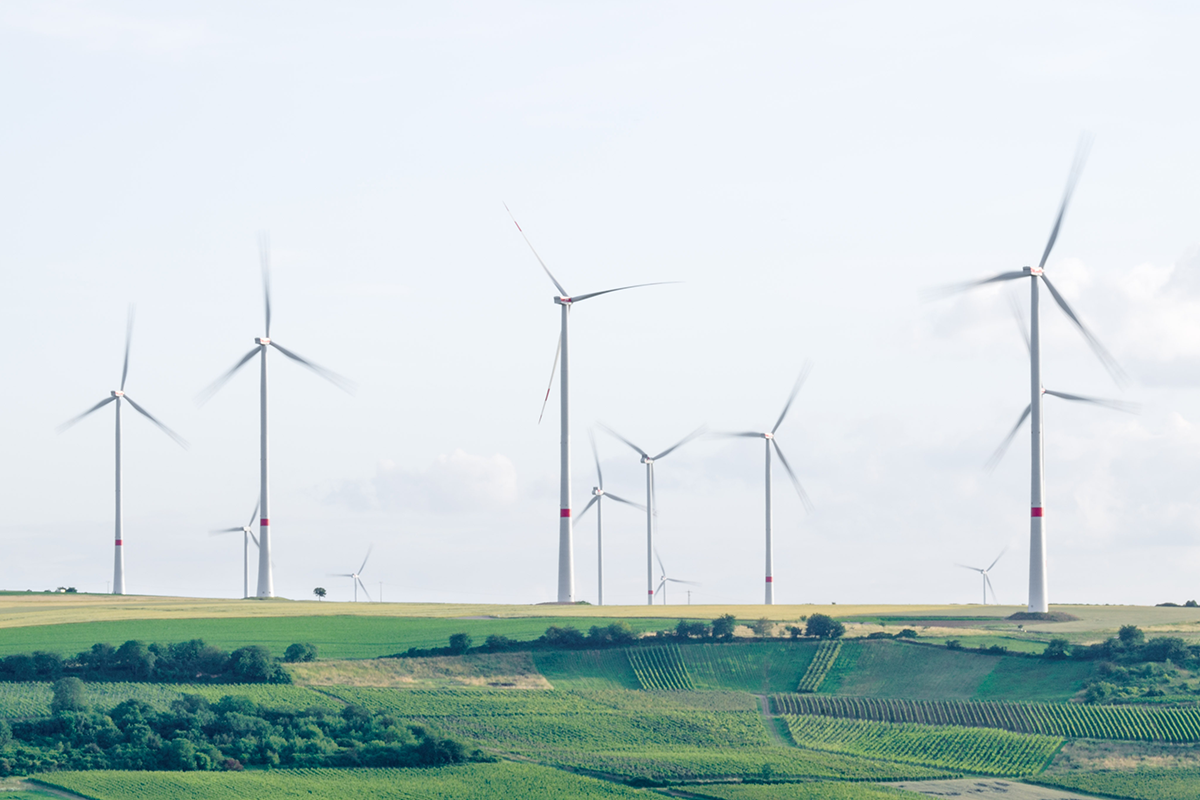 Electricity generation from wind has been a success story in Ireland. The most recent available data indicates that a substantial 27.2% of our electricity was generated from renewable sources in 2016.
Electricity generation from wind has been a success story in Ireland. The most recent available data indicates that a substantial 27.2% of our electricity was generated from renewable sources in 2016.
The new (and long awaited) structure for state support for renewable energy was finally published on 24th July, in the form of the Renewable Energy Support Scheme (RESS) High Level design Paper.
Renewable Energy Support Scheme Objectives
The newly announced scheme seeks to meet a number of policy objectives in addition to the overall requirement of meeting EU targets. These objectives include:
- Involving community groups in the energy schemes.
- Promoting a mix of technologies.
- Optimising the cost/benefit aspect, especially avoiding locking in high costs as technology allows for more efficiency.
- Allowing for significant state intervention into the shape of the scheme on an ongoing basis.
Main Features of RESS
The scheme is to consist of a series of auctions, with the first one (RESS 1) in 2019 and the final (not yet fully confirmed) in 2025. The auctions will “sell” subventions to bridge the gap between energy generation cost and economic value of the energy generated. The terms of the auctions can be tweaked on each occasion to allow for developments in the markets as the years pass.
The first auction seeks to concentrate on projects that will be in a position to generate energy before the end of 2020, with a clear objective of helping close the gap on the national renewables target for that year. It is planned to be technology neutral – it will support all technologies equally.
The second and subsequent auctions are likely to include caps for individual technologies to try to encourage diversity in power generation.
Eligibility of project bids will be affected by various criteria, some practical such as proof that the project has secured planning permission and a grid connection, and also more policy driven ones such as community involvement (there are a number of proposed requirements here) or proof that the technology needs subvention.
Bidders will have to submit financial bonds, in the event of the project subsequently not achieving set milestones or other criteria these bonds may be called in, and the promoters excluded from future auctions. Much more clarity will be required around this aspect of the scheme.
Conclusion
Overall the proposal seems to have been well thought through and has been reasonably well received. The objectives are not particularly controversial, and the logic of the approach does not appear to be fundamentally flawed.
The scope for government to amend the terms of the scheme as it goes along is an aspect that will have to be carefully watched. Too much tinkering, or political interference, could make it less attractive to investors. The area of financial bonds and penalising non-compliance also potentially heighten the risks for participants in the scheme.


